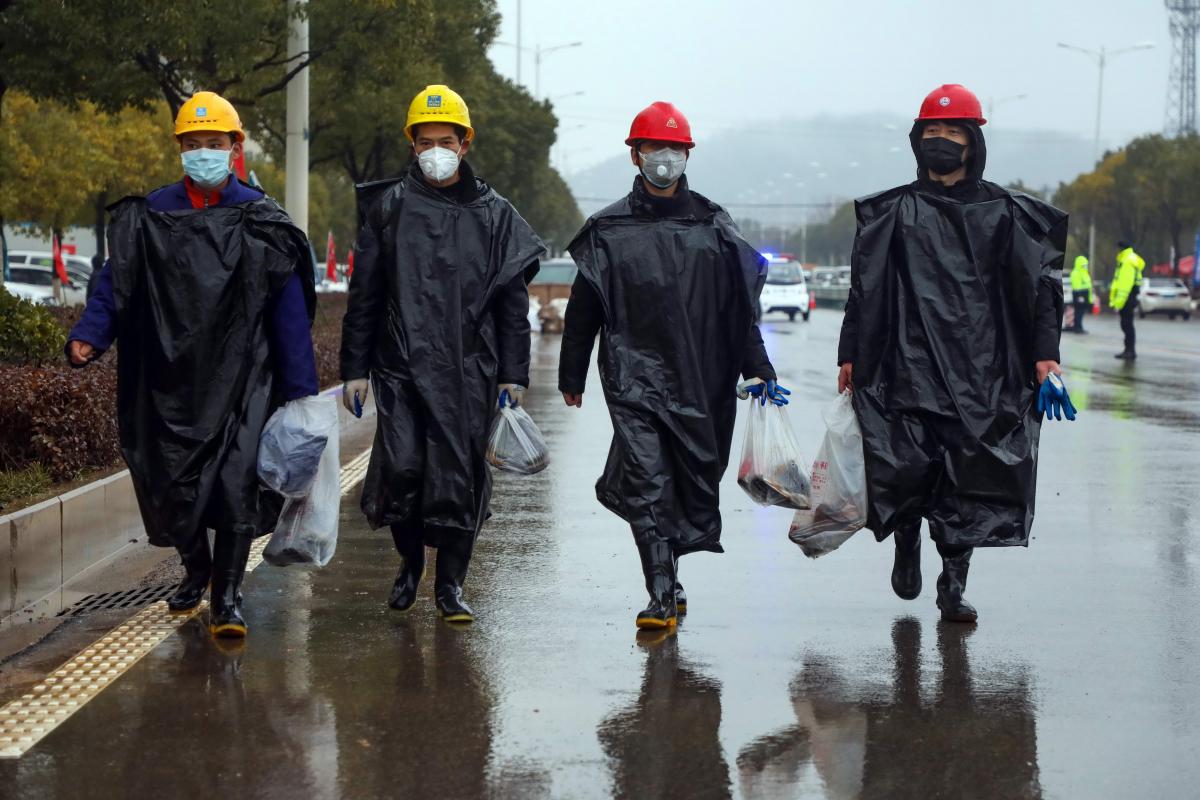A gas leak last week at a chemical factory in Leshan, Sichuan, has once again revealed just how vulnerable many production facilities in China are to extreme weather events.
The leak occurred on 18 August, when managers at the Yongxiang Polysilicon Co. hastily suspended production and turned off the electricity and water because of severe flooding in the region. This unsafe procedure led to a toxic cloud of hydrogen chloride being emitted from the plant.
A thick acrid-smelling fog gradually built up over the city, leading to panic among local residents. There were reports of long lines of traffic as people attempted to flee. Local government officials initially denied that there had been any gas leak, but later confirmed the chemical plant had been the culprit.
Given that the risk of flooding was well known several days before the Sichuan authorities raised the flood-control response to the highest level on the morning of 18 August, the question has to be asked: Why did managers at Yongxiang Polysilicon Co. fail to ensure that production was shut down safely before the threat of flooding became imminent?
Local media reported that safety standards were lax and that there had been another incident at the same facility on 13 July 2015, in which a vast cloud of smoke belched from one of the distillation towers following a fire.
On the same day as the Leshan gas leak, a tower crane at a construction site in Huidong county, Sichuan, collapsed during a heavy rainstorm. Investigators said the downpour had triggered a landslide, which toppled the crane.
As we reported in June, there has been a spate of accidents involving tower cranes this year. China Labour Bulletin’s Work Accident Map has recorded at least 28 such incidents since January, compared with just 13 coal mining accidents, making crane operator one of the most high-risk professions in China today.
Cost cutting and lack of essential maintenance by the privately-owned crane leasing companies that dominate the industry have resulted in cracks, loose bolts and joint failures, all of which make the cranes even more vulnerable in high winds and heavy rain.

Many tragic work accidents could have been avoided if workers were not placed directly in the path of hazards created by extreme weather. For example, 11 construction workers, who were conducting dredging operations in a canal in Shenzhen during a rainstorm on 11 April 2019 were killed in a flash flood. The storm was sudden, but there still should have been plenty of time for the workers to escape if safety had been made a priority.
And in May 2016, 36 construction workers were killed when 100,000 cubic metres of rock and mud crashed into a workers’ dormitory and an office building at the site of an extension of the Chitan hydropower station in Taining county, Fujian. Torrential rain had inundated the region for several days prior, making the site dangerously unstable.
Shoddily constructed workplaces are another major hazard for workers during extreme weather. In May last year, for example, one worker died and two more were injured when heavy rain and strong winds destroyed a flimsy building at a sewage treatment plant in Tianjin.
Back in 2015, CLB investigated the aftermath of the powerful tornadoes that swept through the Pearl River Delta on 4 October killing six people and injuring more than 200 others. The majority of the casualties were workers employed at the hundreds of workshops and factories in the delta towns of Shunde and Panyu. Many of the factories in the tornadoes’ path were poorly constructed, had no emergency evacuation plans in place, and many workers did not have medical or work-related injury insurance to cover their medical costs. Moreover, the number of casualties would have been much higher had not most of the factories been closed for the National Day holiday, with only a skeleton staff on duty.
The lack of monitoring and enforcement of work safety regulations under normal operating conditions is a systemic problem. Yet when facing extreme weather events, employers’ continued prioritization of profits and productivity at the expense of workers’ and communities’ well-being highlights this lack of accountability and urgent need for change.
